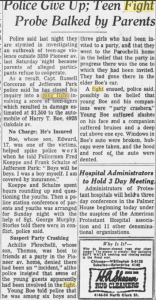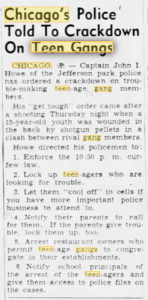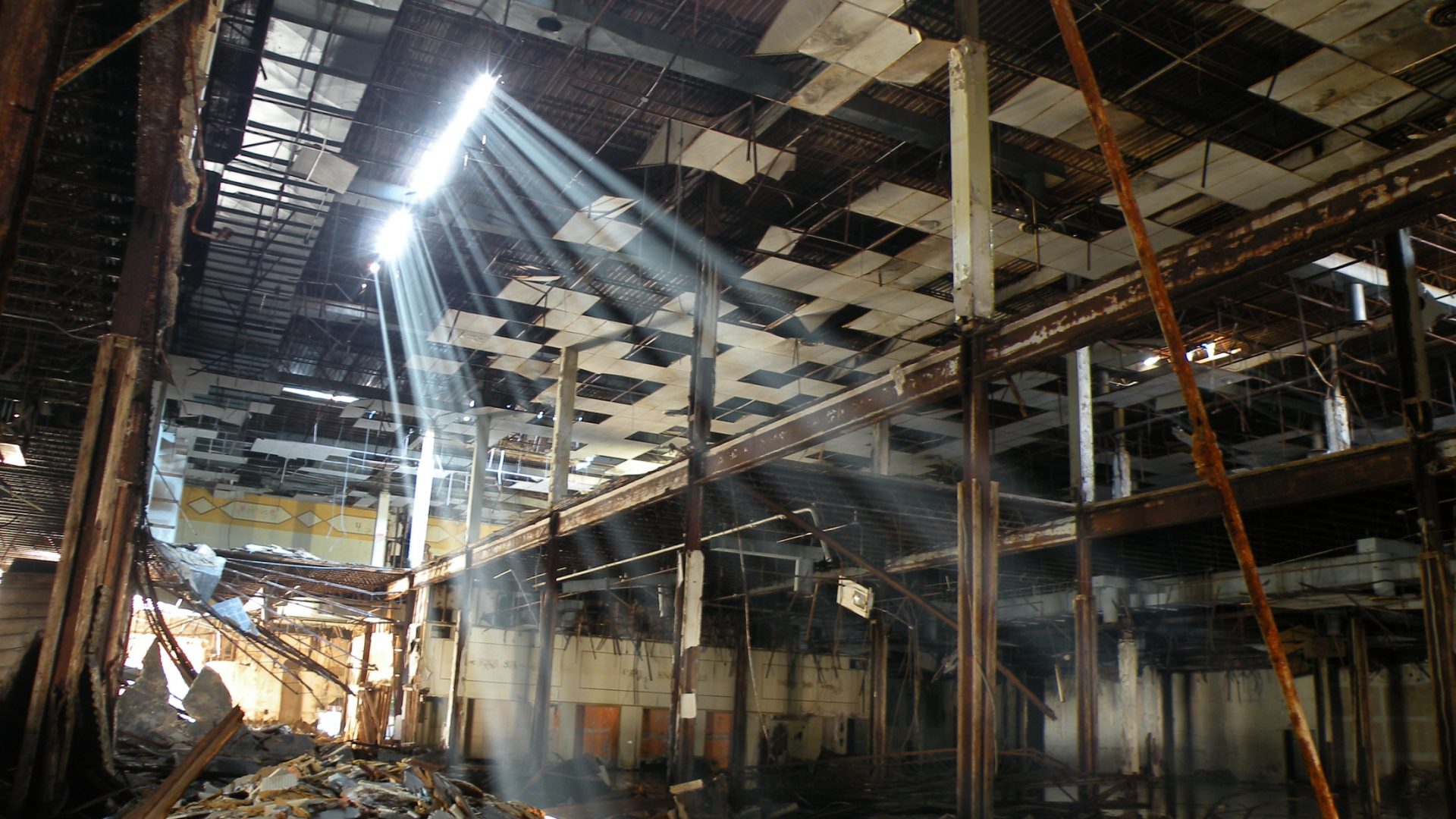| Origins | Settled by John Kinzie Clark c. 1830 and annexed c. 1889 |
|---|---|
| Area | Far North Side |
| Boundaries | North Branch Chicago River to Devon wrapping around to Indian Road dropping to Austin Ave on the north, Gunnison dipping down to Lawrence at Central Ave on the south, the tracks to Le Claire wrapping across Winnemac then dropping down La Vergne on the east, Nagle heading to Bryn Mawr then back up Austin Ave on the west |
| Gangs founded | Stoned Freaks, |
| Gangs headquartered | C-Notes, |
The story of Jefferson Park begins with hunters and American Indians that used trails on these lands for commuting all around the later Chicago land area. In the year 1830 John Kinzie Clark, who was a postal carrier that was previously raised by Native Americans, chose these lands to settle and build a farm. This started a farming community in 1836 that comprised of English (England immigrants) migrants. (Fact source, http://www.encyclopedia.chicagohistory.org/pages/667.html)
In the year 1850, this area along with surrounding communities became part of Jefferson Township. In 1855 a town was planned that was to be called “Jefferson” near Milwaukee and Higgins. Chicago, St. Paul & Fond du Lac Railroad (Chicago & North Western) rail company established a train dept here and the population would soon grow right after which led to incorporation of Jefferson as a official town. (England immigrants) migrants. (Fact source, http://www.encyclopedia.chicagohistory.org/pages/667.html)
By the year 1884, the town of Jefferson had about 500 people living here that were mainly Polish and German. The town was then renamed Jefferson Park and in 1889 Jefferson Park was annexed into the city of Chicago. (Fact source, http://www.encyclopedia.chicagohistory.org/pages/667.html)
Around the turn of the 20th century a system of street railway lines was installed that flourished Milwaukee Ave, Lawrence and Elston streets. Soon after Polish, German, Russian, Italian, Czech and Slovkians settled in the community. In the 1920s more Polish, German and Italians arrived making these groups the dominating ethnicities. (Fact source, http://www.encyclopedia.chicagohistory.org/pages/667.html)
As time passed the Polish ethnicity became the dominant group in this neighborhood as Jefferson Park was known for heavy Polish influence.
In the 1950s Jefferson Park began to experience a larger amount of greaser gang activity that had made the newspaper as far back as the early 1950s. Jefferson Park seemed to be a northwest side hub of this type of gang activity but that was the most citizens had to worry about as this neighborhood was part of what was called “white wonderland” as it was a safe middle-class neighborhood mostly untouched by racial migration.



During the 1950s, 1960s and most of the 1970s Jefferson Park remained free of larger gang activity from well-known organizations around the city. Citizens enjoyed a safe community without dealing with the woes of the city. This soon was felt by battle hardened gangbangers that spent years fighting violent gang wars in changing communities. Now in 1976 many of these guys were starting families and wanted a suburban type environment and they aimed to keep it that way.
Former inner-city greasers of all types moved to Jefferson Park around the bi-centennial year, but the C-Notes organization wanted to make it a point that these new surroundings were now their stomping grounds and so one else was to claim these lands. The Jefferson Park or J-P C-Notes soon became a big deal as they settled on the outskirts of the community waiting for trouble to cross these borders. Troops were assembled along the borders with Irving Park and Portage Park where gang activity was flourishing. The C-Notes tagged up the area as a warning to KEEP OUT!
The only group that dared to settle these lands in the later 70s besides the C-Notes was the Insane Freaks in 1977. The Freaks were somewhat entitled to be here because they consisted of party-hard youths that grew up on these streets and Jefferson Park was the motherland for their operations. The Freaks were just a group of party guys that like the drink and get high, but they had no issue standing up to the organized syndicate that was the C-Notes. Fist fighting violent gang brawls became common place in the late 70s and 1980s as these two gangs dominated Jefferson Park. In the mid-80s the Insane Freaks absorbed into the greater Stoned Freaks organization and that meant more tools would be supplied to the Freaks to battle these C-Notes.
By the year 1995, the Chicago Police had enough of these two groups and began cracking down on Freaks and C-Notes until their operations lessoned greatly. Both groups lessoned their activity in the by the end of the start of the 21st century. The original goal of the C-Notes in the 70s was to settle quietly, but they soon fell too heavily in love with these coveted streets which led to their decline after problems with the police. The C-Notes then closed their JP section as a crew moved in that still claims the area to this day known as the Aztecas.
In the 1970s, 80s and 90s Freak groups and C-Notes ruled this neighborhood and C-Notes still rule these streets just at a much smaller capacity.
Jefferson Park remains one of the top safest communities in Chicago.
If you are among the young urban professional population that has now found these streets as your home, you might be interested to know these gangs once walked these streets over time:
Insane Deuces
Milwaukee & Menard
C-Notes Established 1976-present years
Elston & LeClaire 1976-2000s
Cicero & Gunnison 1976-present years
Carmen to Argyle, Leclaire to Laramie (Jefferson Park C-Notes, JP Notes) 1976-1995
Stoned Freaks and Insane Freaks
Milwaukee & Bryn Mawr (Gladstone Park, Stoned Freaks) Established 1994-2000s
Milwaukee & Austin (as Insane Freaks 1977-1994, Stoned Freaks 1994-2000s)
